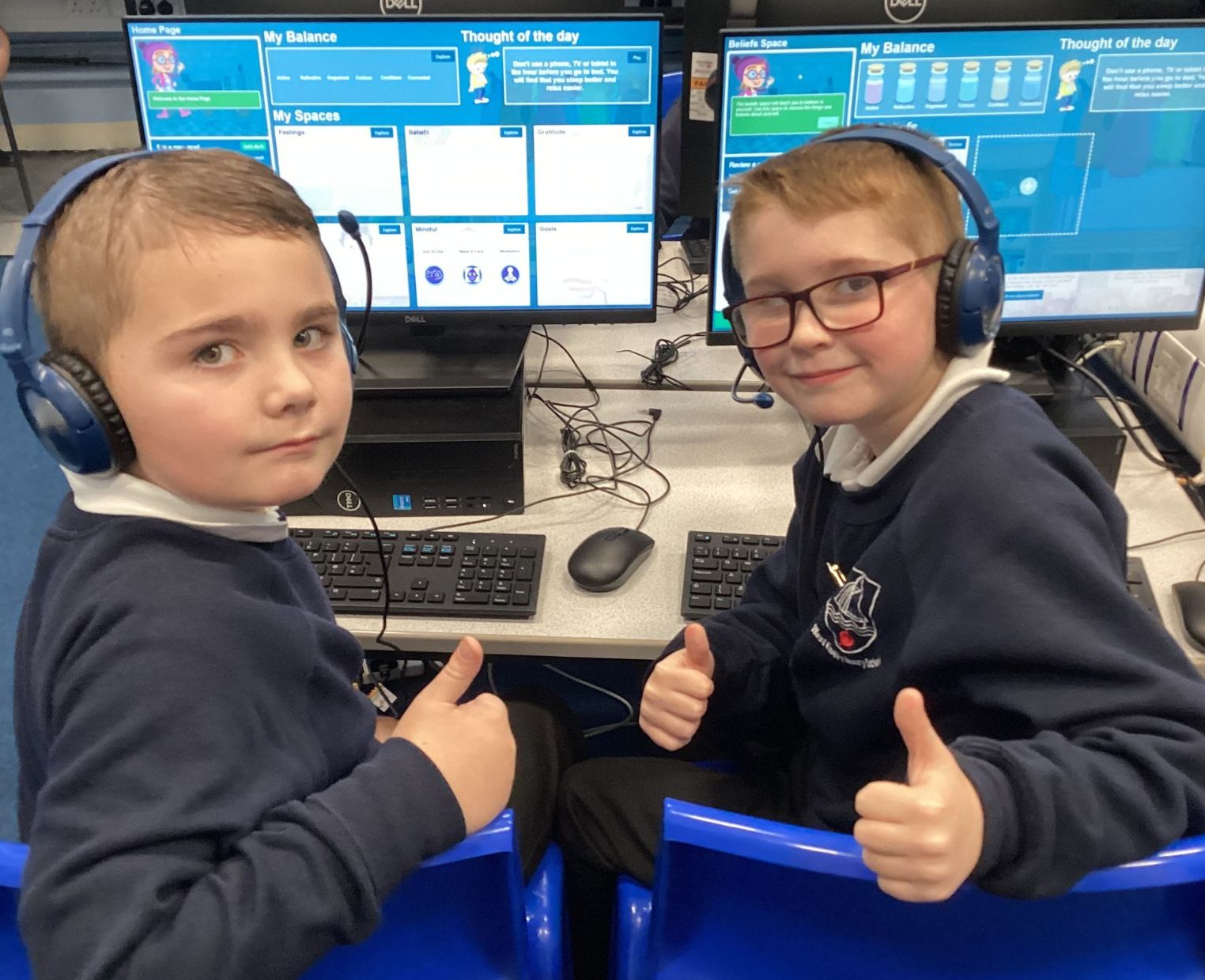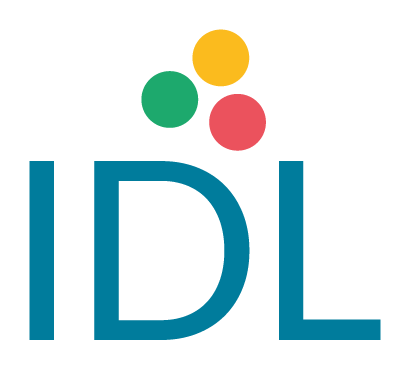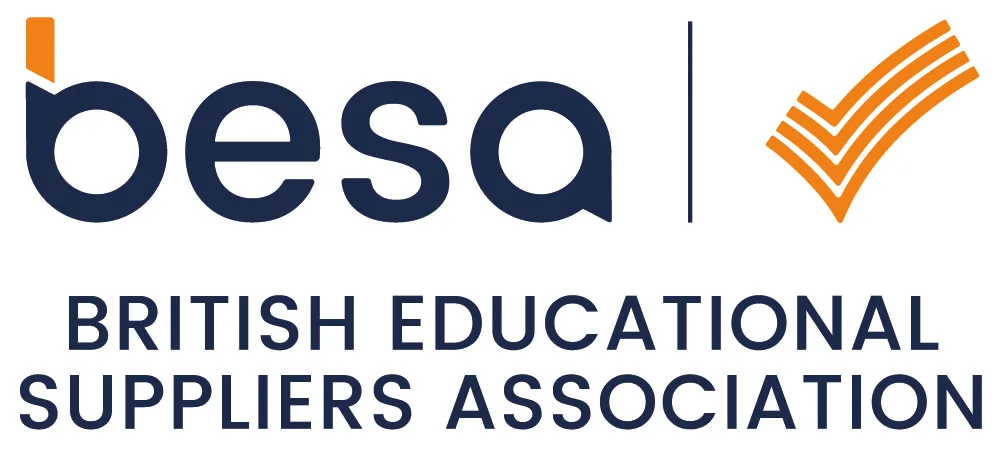This website uses cookies so that we can provide you with the best user experience possible. Cookie information is stored in your browser and performs functions such as recognising you when you return to our website and helping our team to understand which sections of the website you find most interesting and useful.
Multi-sensory Learning: Why Sight, Sound, and Touch Boost Literacy


Understanding Multi-sensory Learning in Literacy
Learning to read and write isn’t always straightforward. Multi-sensory learning methods are key for many children. This is especially true for those who struggle with traditional classroom methods. But what exactly is multi-sensory learning, and why is it proving so effective in boosting literacy skills?
At IDL, our literacy programmes blend sight, sound, and touch. This creates a supportive learning experience. This method, known as multi-sensory learning, helps students absorb information more naturally. Using multiple senses at once makes it easier to understand, remember, and use literacy skills.
Find Out More
How Multi-sensory Methods Support Diverse Learners
Students who struggle with traditional teaching methods often become frustrated and anxious. Multi-sensory techniques provide a more accessible and welcoming approach, especially for learners with dyslexia or other literacy difficulties. This style of learning helps them better understand and remember letters, words, and sentences.
IDL’s software makes learning literacy less stressful and more rewarding. Visual cues, audio support, and tactile elements help students focus better. They also remember more and feel confident in their learning.
Start A Free Trial
IDL’s Commitment to Inclusive Literacy Learning
At IDL, our core mission is simple: supporting learners who find literacy challenging. Multi-sensory methods are central to our software solutions. They make learning easy for everyone. Interactive activities help students build confidence and literacy skills. These activities mix visuals, spoken prompts, and actions like tracing letters.
Our goal is to ensure every learner has the tools to overcome barriers to reading and writing. Multi-sensory learning boosts literacy. It also builds confident, motivated learners who see real progress and growth.
Find Out More
Why Multi-sensory Learning Makes a Real Difference to Literacy
Multi-sensory learning is more than an educational buzzword. It provides real, proven benefits for students who struggle with reading. This is especially true for those who don’t do well with typical classroom methods.
- Improved Engagement and Focus: Students engage more actively with their lessons when multiple senses are involved. Multi-sensory activities engage them actively, not just through listening or reading. This keeps their focus sharp, which boosts retention and makes things more enjoyable.
- Greater Long-Term Retention: Learning that involves sight, sound, and touch creates stronger neural connections. This means students do not just memorise information for a short time. They understand and remember it, which helps their long-term literacy development.
- Reduced Anxiety and Stress: Traditional learning methods often create anxiety for students who find reading difficult. Multi-sensory activities make learning fun. They help reduce stress and boost self-confidence in struggling readers.
- Effective for Dyslexic Learners: Multi-sensory methods are especially beneficial for learners with dyslexia. Visual aids, sounds, and hands-on activities help these students understand literacy. Traditional methods often do not explain things well.
- Encourages Independent Learning: IDL’s multi-sensory software helps learners work on their own. It builds self-reliance and problem-solving skills. Students build confidence to handle literacy challenges on their own, at school and at home.
At IDL, we experience how multi-sensory techniques greatly improve literacy. This allows every student to unlock their potential.
Start A Free Trial
Why Schools Choose IDL for Multi-sensory Literacy Support
IDL has spent decades refining multi-sensory literacy solutions, creating software specifically tailored to meet the needs of struggling learners.
- Research-Backed Effectiveness: Many studies, including ones from Lancaster University, highlight how IDL positively affects literacy skills. Students usually show big improvements in reading and spelling quickly.
- Easy-to-Use Software for Teachers and Pupils: Our literacy software is intuitive, user-friendly, and requires minimal supervision. Teachers can easily add it to lessons or use it for independent study. This saves time and helps pupils learn at their own pace.
- Designed with Inclusivity in Mind: IDL’s multi-sensory programmes are fully accessible and inclusive. They focus on learners with dyslexia and similar literacy challenges. They create a supportive environment that suits each pupil’s individual needs.
- Comprehensive Progress Tracking: Teachers receive detailed reports on individual student performance. Clear progress tracking and analytics let schools customise literacy interventions. This way, they can target each pupil’s strengths and weaknesses effectively.
- Complete Support and Training: IDL provides ongoing training, resources, and dedicated customer support. Schools provide ongoing support, helping both teachers and students to reach the best literacy results.
Choosing IDL means you get multi-sensory literacy support. This support transforms learning, boosts confidence, and delivers great results.
Find Out More
Frequently Asked Questions about Multi-sensory Literacy Learning
Q1: What exactly does multi-sensory learning involve? A: Multi-sensory learning combines visual, auditory, and tactile elements. By simultaneously engaging many senses, students absorb and retain literacy skills more effectively.
Q2: Is IDL Literacy suitable for all learners? A: Yes, our software helps all kinds of learners. It’s especially useful for pupils who have trouble with reading, like those with dyslexia or similar challenges.
Q3: How soon can teachers see results from using IDL’s multi-sensory methods? A: Typically, students show measurable progress after just a few hours of using IDL Literacy. Many schools report noticeable improvements in reading and spelling skills within weeks.
Q4: How does IDL help dyslexic learners specifically? A: Our multi-sensory software helps dyslexic students process and retain literacy skills. It uses audio prompts, visual aids, and tactile activities. This makes learning clearer and less stressful.
Q5: Do teachers require extensive training to use IDL? A: No—IDL software is simple to implement and user-friendly. We also provide free training on an ongoing basis. This ensures teachers are confident in supporting their pupils well.
Start A Free TrialLearn More About our Multi-sensory Literacy Learning
IDL believes every child should reach their literacy potential. This is true no matter their learning style or challenges. Our multi-sensory software helps pupils boost their reading and spelling skills quickly. They also gain important self-confidence.
When learning engages multiple senses, students don’t just learn—they thrive. IDL provides the tools, support, and proven methods to make this happen.
Ready to experience the difference multi-sensory literacy can make at your school? Contact IDL today and discover how we can support your pupils.














